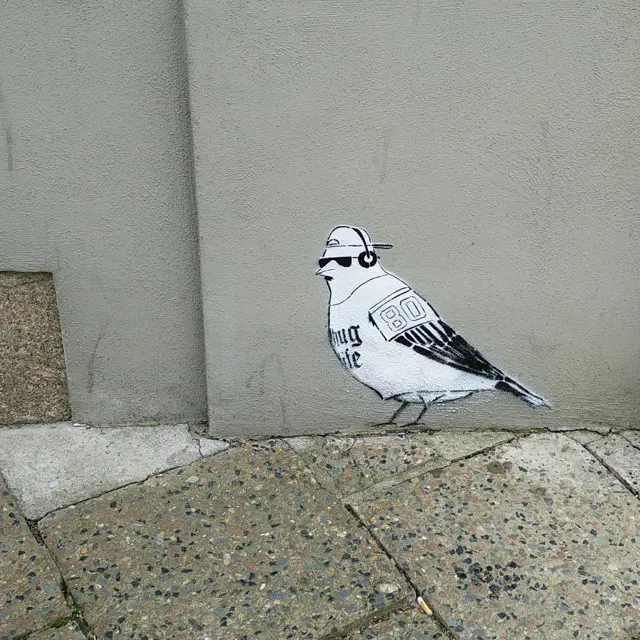
Leadership lessons can come from surprising places. For me, it wasn’t just books, mentors, or years in the tech world, it was also the time I spent with a camera in hand, capturing the rhythm of the streets. Street photography taught me to observe deeply, embrace uncertainty, and find meaning in the smallest details. These lessons didn’t stay behind the lens; they reshaped how I lead and inspire teams today.
1. Observe Before You Act
Leadership begins with observation, truly seeing what’s in front of you before making decisions. Street photography works the same way. The best photos don’t happen by rushing to click the shutter. They’re born from walking around the subject, viewing it from every angle, and waiting for the right moment.
Once, I stood in front of a plain gray building. It looked lifeless, uninspiring. But instead of moving on, I explored it further. I circled the structure, crouched low, climbed higher, and noticed how the building’s shape from behind told a completely different story. That dull building transformed into something extraordinary, it was almost like a building without windows. It wasn’t, of course, but the perspective made all the difference. That day, one of my favorite photos was born.
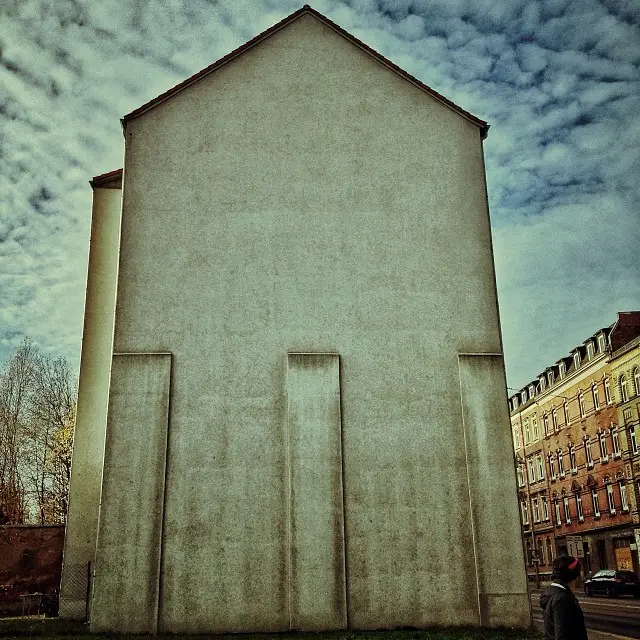
I once had a team member who seemed disengaged. At first glance, his lack of initiative felt like disinterest. But instead of assuming, I took the time to observe and have a one-on-one conversation. I learned he was struggling with imposter syndrome, which held him back from taking risks. By understanding his perspective, I was able to provide mentorship and see him grow into one of the team’s most innovative contributors. Just like the building revealed its hidden beauty, people often shine when you take the time to truly see them.
2. The Power of Perspective
Perspective changes everything. A building, puddle, or street corner can look entirely different depending on how you frame it as that building from the last one. Sometimes, the magic lies in shifting your angle to find a hidden story.
One rainy fall day, I was walking down my usual path when I noticed a leaf shining with rain droplets. Viewed at a glance, the street seemed ordinary, cold and wet. But when I zoomed in and focused on that leaf, it became otherworldly. That small shift in perspective turned the mundane into something extraordinary, and I captured one of my favorite shots.

During a project where a customer raised concerns about a deliverable. From our perspective, the product met all requirements, but they were dissatisfied. Instead of pushing back, I encouraged the team to see it from the customer’s point of view. When we did, we realized their frustration wasn’t about the deliverable itself, but about their unmet expectations during the process. This shift in perspective helped us rebuild trust and create a better outcome for everyone involved.
3. Embrace Uncertainty
Street photography thrives on unpredictability. Unlike studio photography, where every element is controlled, the streets are chaotic. You can’t plan for the perfect moment, it just happens. Success depends on how quickly you adapt to what unfolds.
I’ll never forget walking through a park with my camera in my bag when I spotted an older man standing near a lake. The way he stood, the tilt of his head, and the light catching his silhouette created a scene that felt almost choreographed. The scene lasted only seconds. I quickly grabbed my camera, took a deep breath checked the light and shutter speed really fast, then composition and took the shot just before he moved on in about seconds. That moment was gone forever, but I had my photo. For every success like this, there are countless missed opportunities, but that’s part of the process.
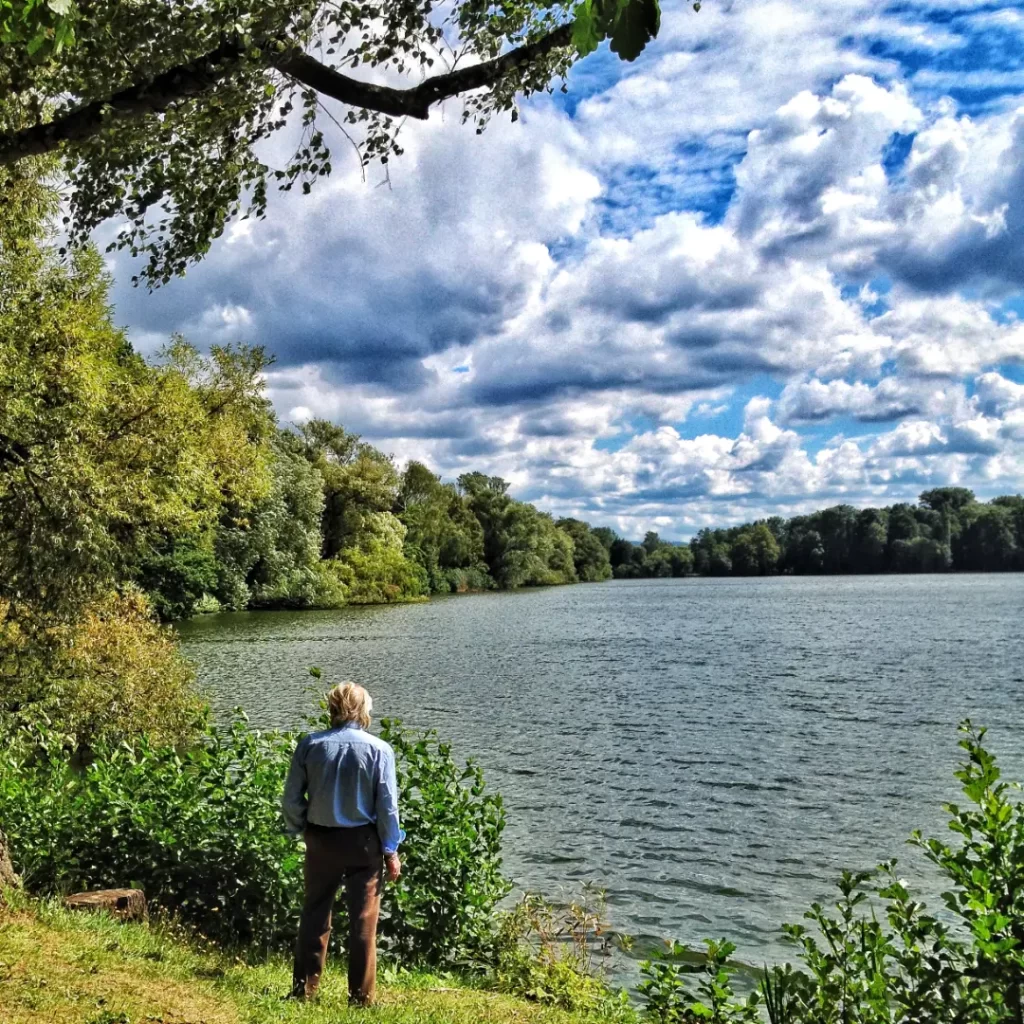
During a production issue, the team and I faced data loss. The team proposed an untested fix, but it could have worsened the situation. I chose to rollback the update first, ensuring the team felt calm and supported. This decision restored customer data, gave us time for proper testing, and delayed the release by a day. The fix was implemented successfully, minimizing disruptions and teaching us valuable lessons. Like capturing the man by the lake, leadership sometimes requires quick, calm decisions, even without guarantees of perfection.
4. Patience Creates Masterpieces
While some moments in photography demand quick reflexes, others require patience. Waiting for the golden hour, watching the light change, and timing your shot just right are all part of the process. You can’t rush perfection.
Once, I spent hours waiting to photograph a lone tree framed by the setting sun. I planned my angles, adjusted my settings, and prepared for the perfect shot. Just as the light hit the tree, a crow flew in and perched on a branch. It wasn’t what I had envisioned, but it gave the photo a whole new dimension. That unexpected twist made the shot unforgettable.
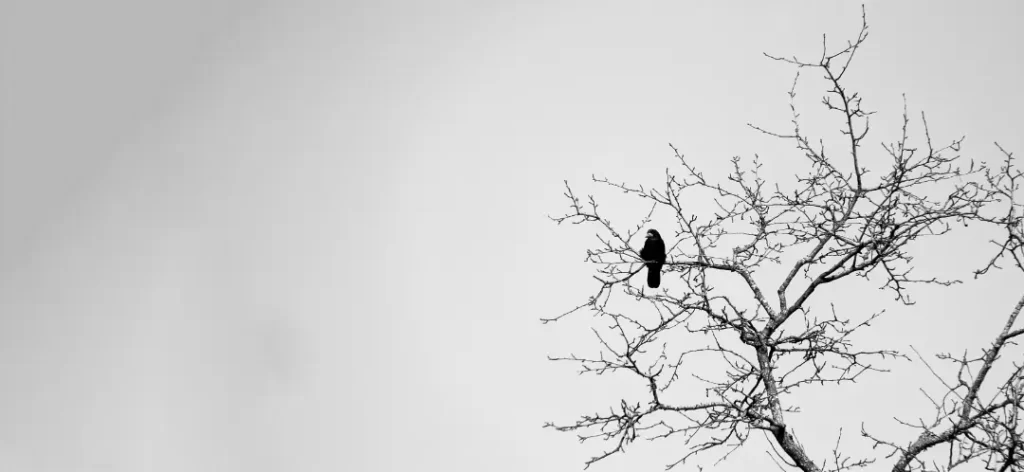
I remember mentoring a junior developer who struggled with debugging complex code. Instead of stepping in to fix it for them, I guided them through the process, allowing them to learn at their own pace. It took longer, but the result was a confident, self-sufficient team member. Just as the crow added an unexpected beauty to my photo, their growth brought an unexpected depth to the team’s dynamic.
5. Celebrate the Small Details
In photography, it’s the tiny details that often stand out: the flashes of sunlight on a blade of grass, the vibrant color of a doorframe, or the texture of a cobblestone street. These small elements add richness and depth to an image.
One of my favorite photos is a close-up of a burned wood. At first glance, it’s nothing remarkable. But when I studied it through my lens, the intricate details and light and also thinking forward what I want in post-production of it being black and white and the whole thorn surrounding it captivated me. That detail made the photo unforgettable for me, and it was one of the memorable ones in my exhibition in Germany.
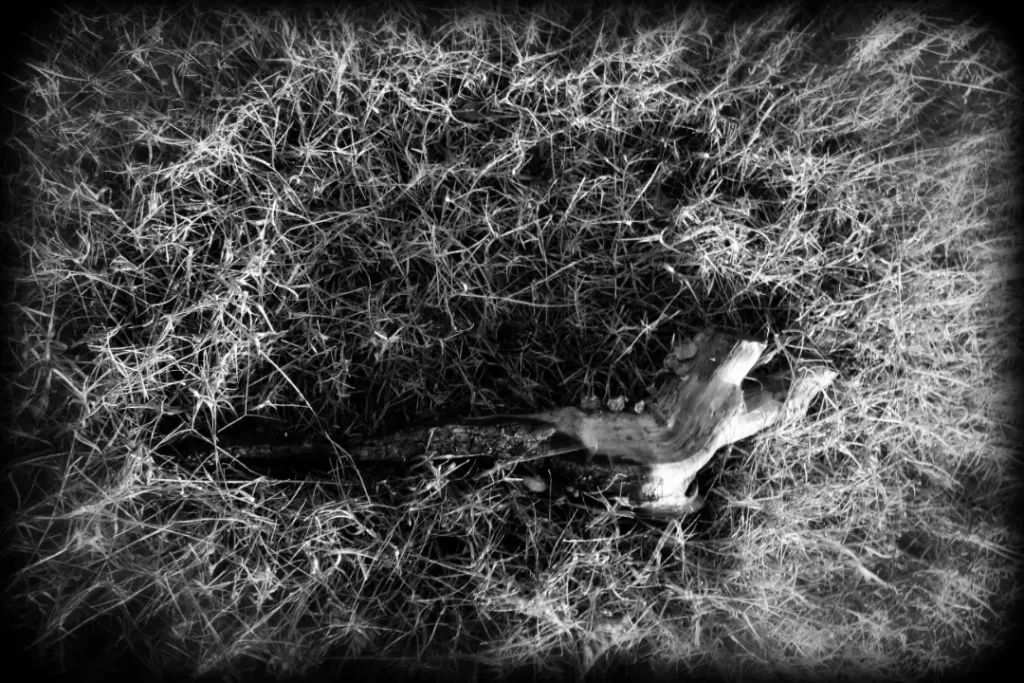
These small details are often moments of recognition. I once worked with a team where one member consistently handled critical but overlooked tasks. During a meeting, I called out their contributions and thanked them in front of the team. That small gesture transformed their engagement and morale. Just as the details in a photo can elevate it, recognizing small but meaningful contributions can elevate your team’s spirit and performance.
Street photography taught me that leadership isn’t about perfection, it’s about presence. Observing deeply, embracing uncertainty, exercising patience, shifting perspectives, and finding joy in the details are the keys to both a great photo and a great team. Whether you’re capturing a fleeting moment on a busy street or guiding a team through challenges, the principles remain the same: show up, adapt, and celebrate the journey.